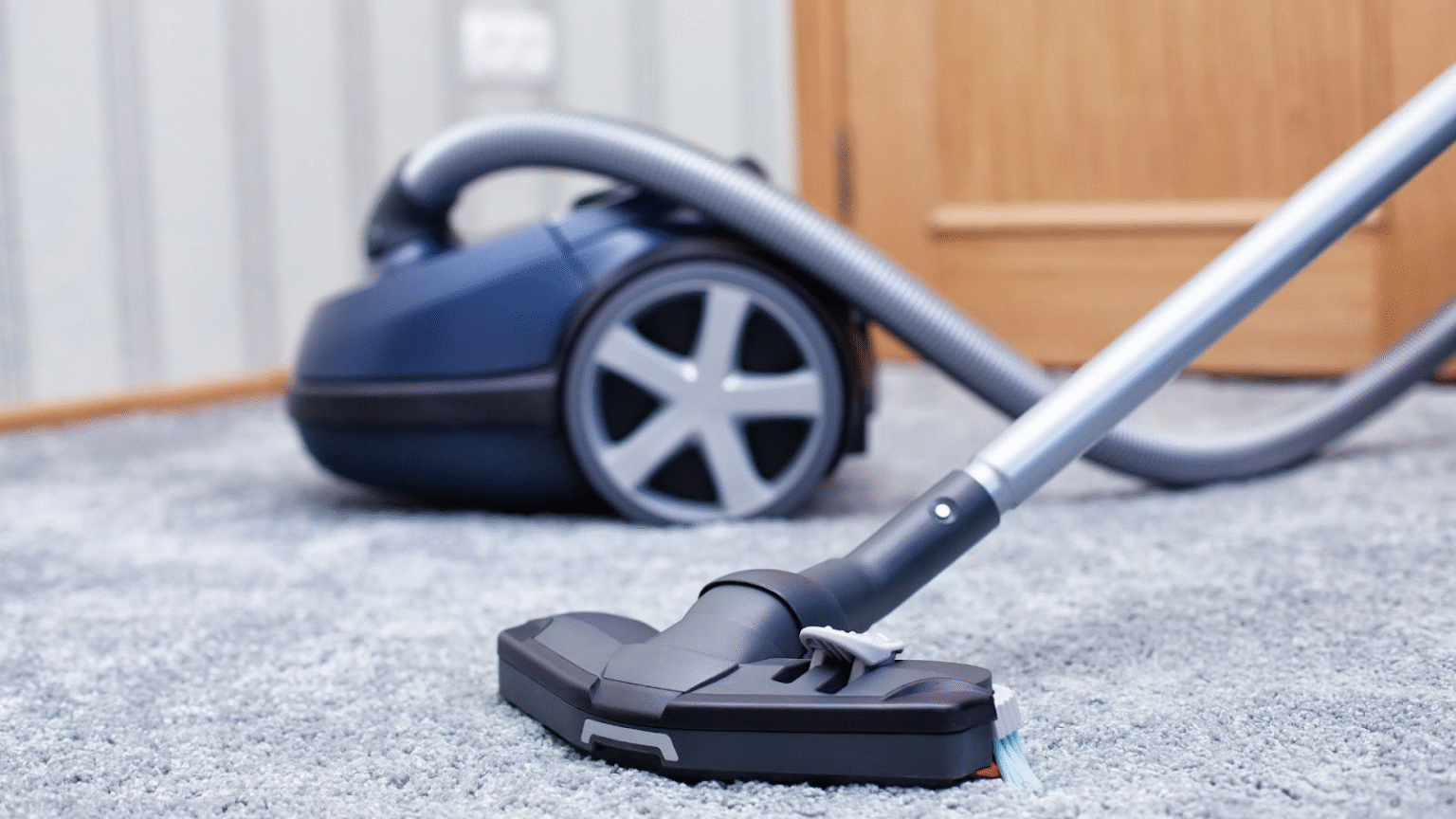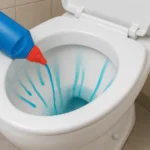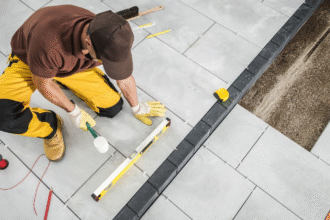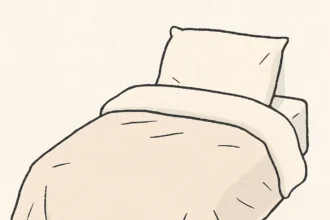Nothing feels more frustrating than pulling out your vacuum and realizing it barely picks up anything. You expect it to grab dust and dirt in seconds though instead, it leaves massive debris behind. That moment often leads to the same question—why is my vacuum losing suction? The good news is most of the time the cause is not as serious as it feels. Many problems that reduce suction can be fixed at home with simple checks and small adjustments.
Why is My Vacuum Losing Suction – Key Reasons
Clogged Filters
One of the most common reasons why is my vacuum losing suction is the clogged filters. As dust is collected by a vacuum, it filters through the vacuum. In time, it gets more and more clogged with a collection of dust. Eventually, the filter gets densely packed and obstructs the flow of air. When movement of air is obstructed, the suction has to overcome more resistance and therefore loses power. It is very common for a vacuum with filters clogged to be very, very noisy, but at the same time quite ineffective.
Blocked Hose or Attachments
Another common reason for suction loss is a blocked hose or attachment. Small objects, pet hair, or even chunks of dirt can get stuck inside the hose. Once that happens, the air path narrows and suction weakens. You may notice a whistling sound or find that dust builds up at the entry point of the hose. The fix is often simple. Detach the hose from the vacuum and check inside by shining a light through one end.
If the light does not pass through clearly, you likely have a blockage. Use a long flexible rod or broom handle to push the object out gently. Also check brush heads and smaller attachments since clumps of hair often wrap tightly around them. Clearing these blockages quickly restores proper suction.
Full or Improperly Seated Dust Bag/Canister
The malfunction of the suction power can be caused by the improper fitting of the dust bag or filled canister. The filled dust bag can be an obstruction as there is no space for air to movement thus, the ‘suction’ power is weak. This can happen as well, when the dust bag canister, is not secure. A loose connection means there is an insufficient amount of air to be sucked in. Be it the dust bag or canister, it is important to empty the vessel before it reaches it’s maximum capacity. Configuring the vessel can empty the bag/canister as well as save suction power. Prolonged use of the suction vacuum is caused by broken or worn out brush rolls.
Another Good Read: Best Twin Mattress for Kids
Worn Out or Damaged Brush Roll
Suction vacuum relies on the spinning bristles to perform brush rolls. These bristles are meant to disturb the dust that is meant to be sucked into the vacuum. The effectiveness of suction vacuum is diminished when the brush rolls are worn out or the bristles are softened. This reduces their ability to lift dirt. In some cases, the brush roll also collects tangled hair which prevents it from spinning freely.
If your vacuum feels weak on carpets, inspect the brush roll closely. Clean off any wrapped hair or string. If the bristles look too worn or uneven, replace the roll with a new one. A fresh brush roll often makes a vacuum feel brand new since it grabs dirt more effectively.
Motor or Belt Problems
If none of the above fixes solve the issue, the problem might lie with the motor or the belt. The motor powers the suction force and if it weakens, the airflow drops. Signs of a weak motor include strange smells, overheating, or louder than usual sounds. The belt also plays a key role since it connects the motor to the brush roll. A belt that slips, stretches, or breaks reduces suction strength drastically.
Many people confuse this with other problems, but in reality it falls under vacuum cleaner suction loss. In this case, replacing the belt or seeking a motor repair is often the best path. These are not always tasks you can do at home, so professional help may be required.
When to Repair vs Replace Your Vacuum
So, Why is My Vacuum losing Suction? At some point, you may wonder if it is worth fixing your vacuum or if buying a new one makes more sense. Repairs for motors and belts could obviously be costly, especially for older models. If your vacuum constantly loses suction despite regular maintenance, it could be a sign of deeper wear. Age also plays a major role there.
A machine that has lasted for more than seven years often reaches the end of its lifespan and facing suction issues are normal after that time phase. This falls under common vacuum cleaner issues that every household faces. If repair costs add up to nearly half the price of a new model, replacement becomes the smarter option.
Conclusion
Experiencing low suction power in a vacuum cleaner could be really irritating, though. in most cases, it is a pretty straightforward issue. Neglected filters, clogs in the hose, a fullness indicator, or a broken brush roll are all components that can drastically decrease a vacuum’s performance. While in some extreme cases there may be motor or belt concerns, they too can be solved with some proper maintenance.
So the next time you are faced with the question, “why is my vacuum losing suction?”, go back to the primary concerns. Very simple maintenance to any of these elements can bring back suction power and avoid costly repairs. If these steps too do not yield any positive results, then it may be wise to consider a replacement.












